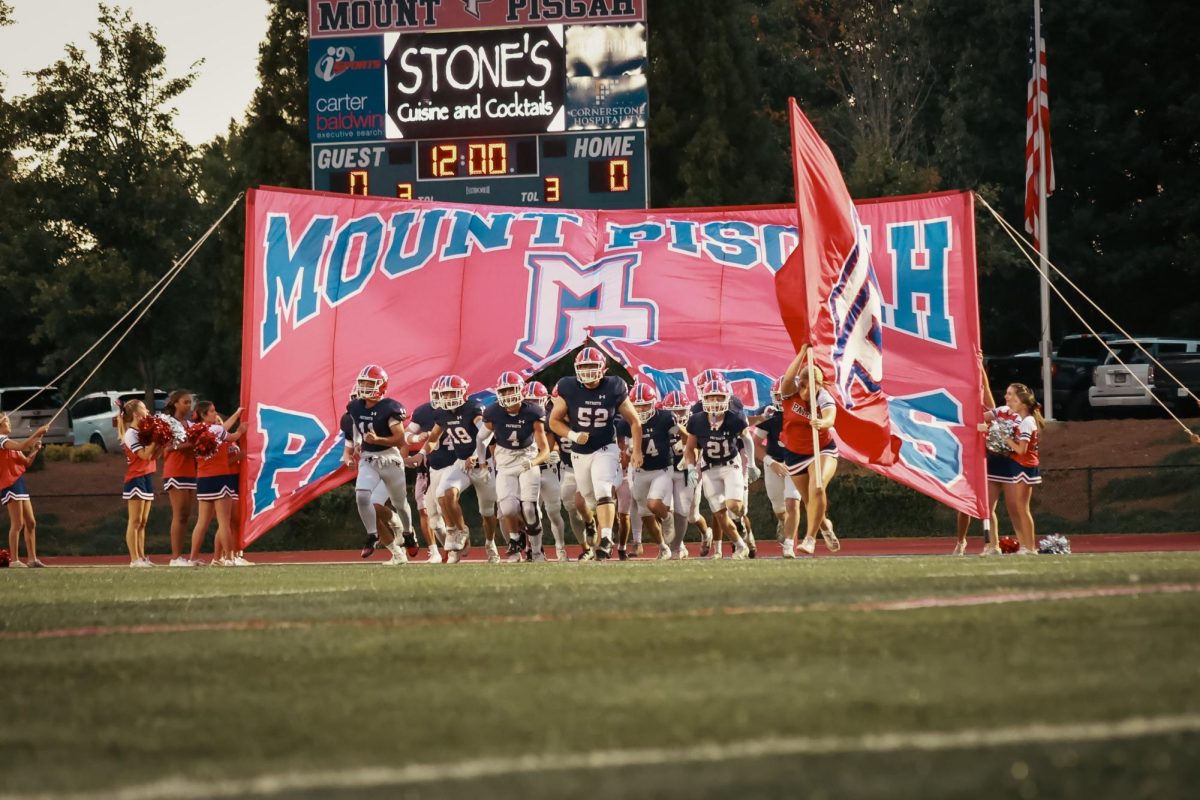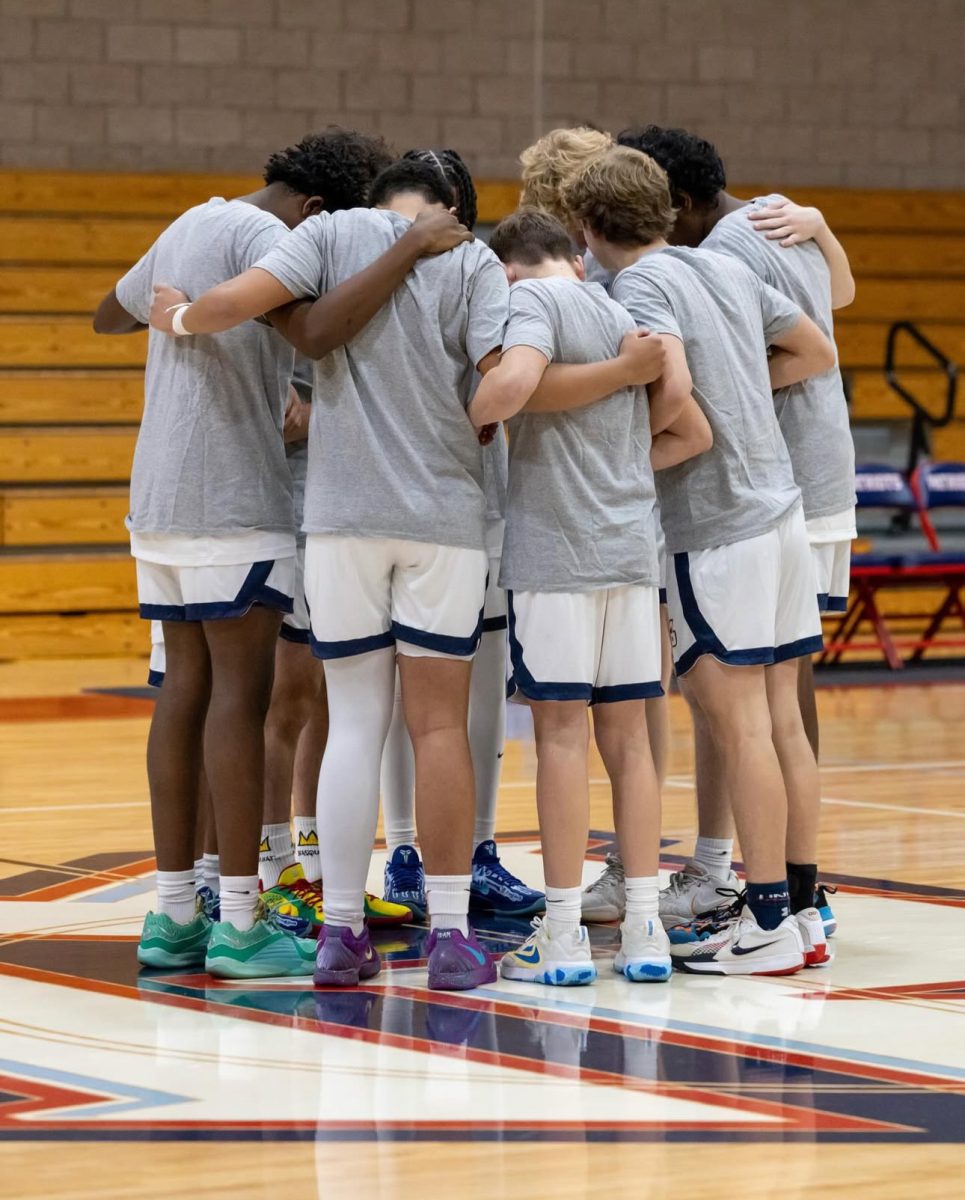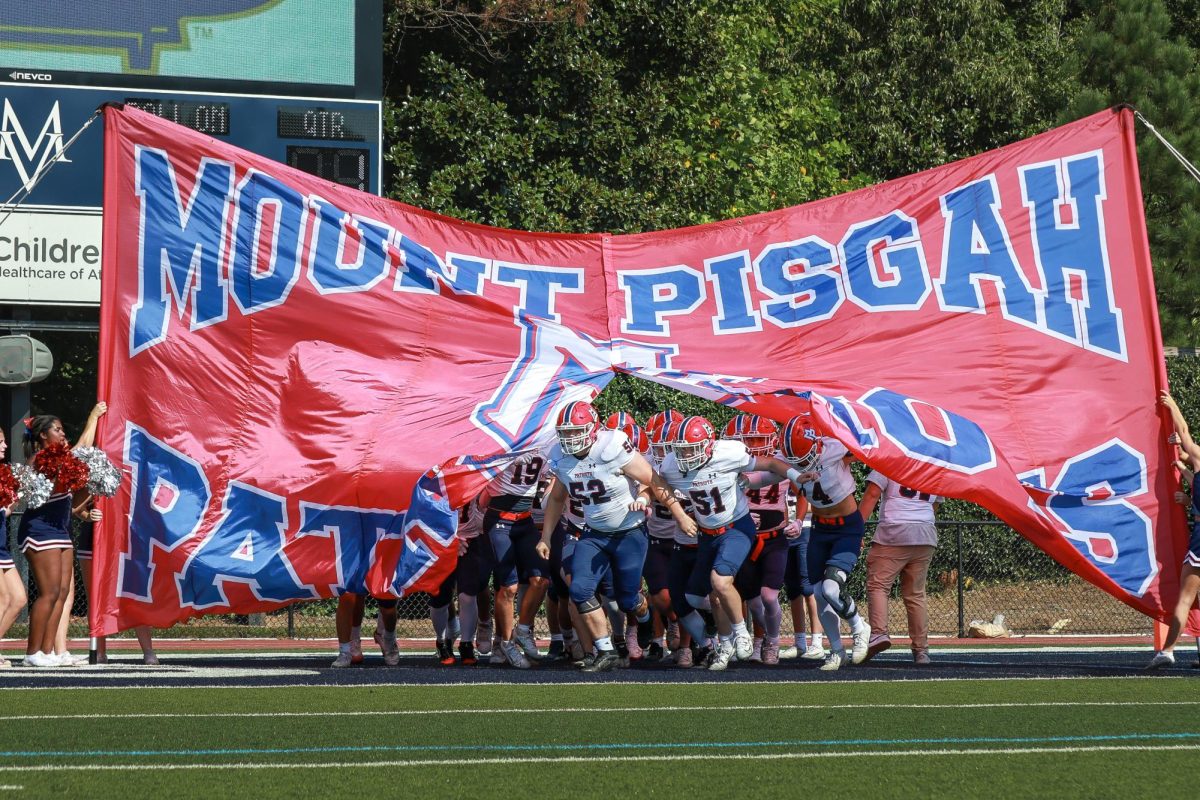From sitting on the couch on Saturday afternoons to gathering with friends on Saturday nights, college football is a lifestyle for many.
In past years, college football teams would compete during the months of August, September, October and November looking for a chance to make the college football playoff, which is the only route to the national championship.
The playoff used to be made up of four teams, however, starting this season, the playoff will now consist of 12 teams.
A college football playoff committee of sports veterans decides the teams who make the playoff. Automatic playoff bids are possible for the five highest-ranked conference champions. Then, the remaining seven will be decided by what the committee chooses as the next seven best teams in the country.
The top 4 highest ranked conference champions will also receive a first-round bye, which is a massive bonus for those teams. A week longer to practice and avoiding a game that could lead to potential injuries is a great advantage.
Most teams are going to have to play more games. In a sport that revolves around contact, this is a challenging task.
“Towards the end of the season, we will see teams that lack depth struggling to put together a complete run to a national title, potentially affecting how entertaining the later games will be,” said Dr. Kyle Varner
This switch has led to mixed reviews. Many are happy their smaller school teams will have an easier route to a potential national championship berth. Some fans believe that the new system is going to create more competitive games and allow teams that may have had a rough start to finish big.
Senior Jack Garver says “I think it’s amazing in every way, the new system makes it so you can lose a game or two and still make the playoffs. Some of the best teams have bad days, and this allows for that,” said senior Jack Garver.
Not only does the 12 team playoff affect the games which are played and the teams that can have a shot at victory, it has affected regular rivalry games, and divisions within conferences. For example, the Southeastern Conference (SEC) was always divided into east and west. Teams would play other teams within their sub-conference, and the top two would go on to compete in the SEC championship. The new playoff style eliminates the west and east divisions, also taking away many crucial rivalry games.
Some believe schools are happy about it solely for economic gain. First-round playoff games will be played on college campuses rather than in professional stadiums. This will lead to mass economic revenue for the towns gifted with the ability to host these games.
Ultimately, the new playoff system has its pros and cons. It creates some wildly competitive games and paves the way for great upsets. College football fans will just have to see how this new structure will play out.










